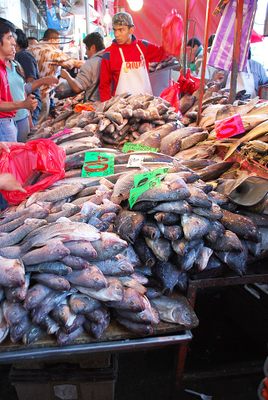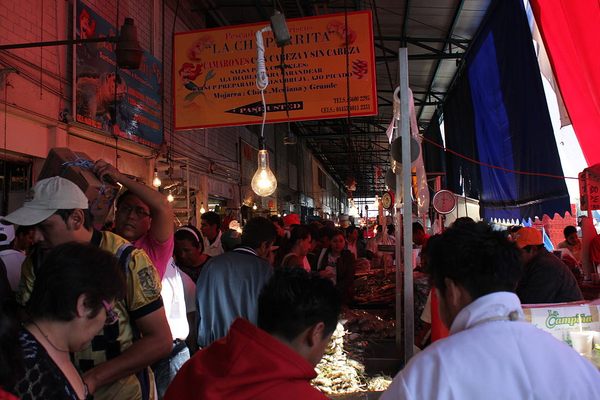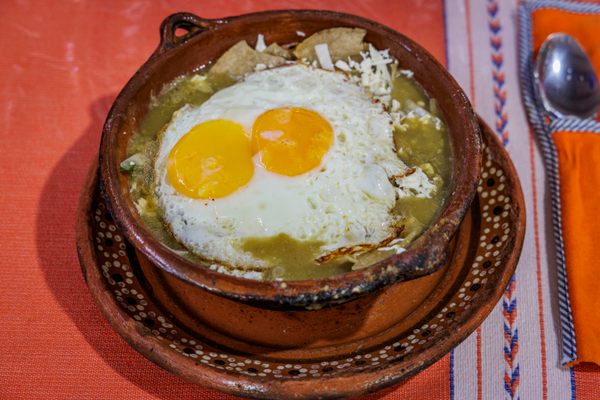About
Tokyo's Toyosu is known as the world's largest seafood market. Given the city's location on a bay, this makes perfect sense. The world's second-largest seafood market is in a city that's hundreds of miles from the nearest coastline, which makes a little less sense.
Just as Toyosu replaced a slightly smaller Tsukiji, Mexico City's La Nueva Viga replaced the old Mercado de la Viga, previously the largest seafood market in the Western Hemisphere. If you eat tuna cooked carnitas-style in a Mexico City restaurant, it is likely to have come from the Sea of Cortés, fished by crews from Sinaloa or Baja California Sur. If you have swordfish al pastor in Puebla, it could come from Pacific coastal states such as Nayarit and Oaxaca.
Despite the long distances between all these cities and fishing ports, it is almost certain that your food made it through La Nueva Viga at some point. As the main wholesale seafood market for the tens of millions of people living in Mexico City, its influence extends into the greater Valley of Mexico and the many other towns and cities within. La Nueva Viga also ships some of the best specimens from Mexican waters overseas. On the flip side, specialized Mexican cooks often come to La Nueva Viga in search of rare ingredients from abroad. As is the case in practically all Mexican markets, the trade isn't limited to the sale of ingredients. Seafood snacks and meals are on offer at many of the stalls.
Some theorize that the capital's appetite for fish and crustaceans pre-dates its establishment as modern-day Mexico City. The Aztec/Mexica capital of Tenochtitlán sat on a series of lake islands and its inhabitants routinely ate wild and farmed freshwater animals such as acociles and axolotls. After the lake was slowly drained and filled over following the Spanish conquest, even the New Spain population continued to enjoy these animals, now brought from rivers and seas further away. Some remnants of this ancient lake stood the passage of time as canals, including the existing Canales de Xochimilco and the now-gone Canal de La Viga, after which both the old and new La Viga markets were named.
Related Tags
NEW - Yucatan: Astronomy, Pyramids & Mayan Legends
Mayan legends, ancient craters, lost cities, and stunning constellations.
Book NowCommunity Contributors
Added By
Published
February 14, 2022

























